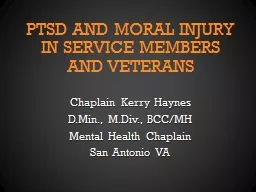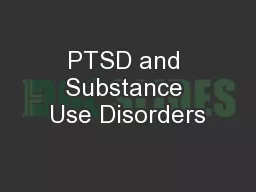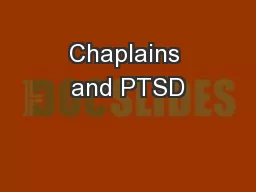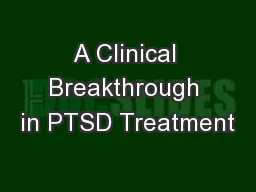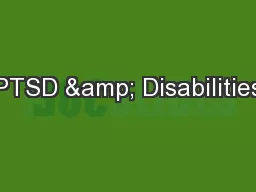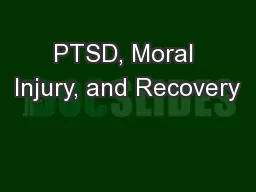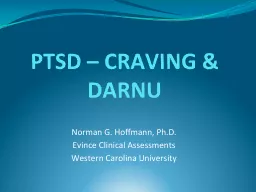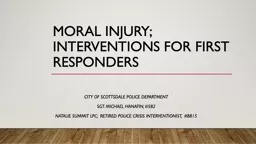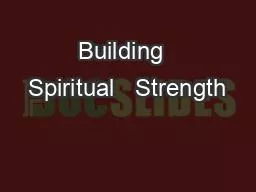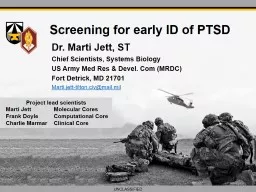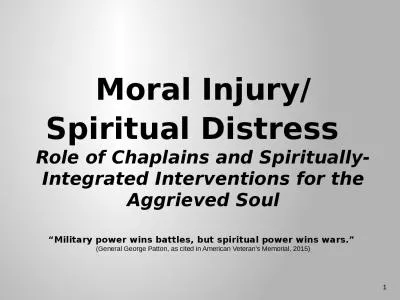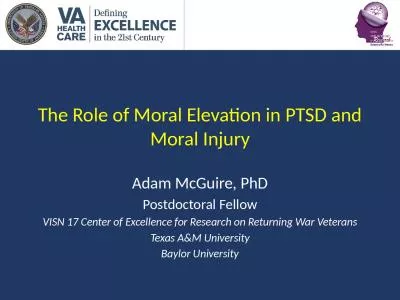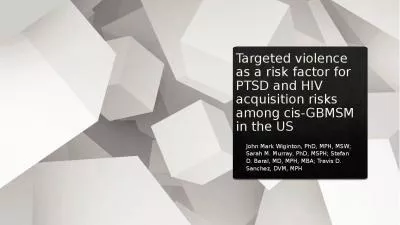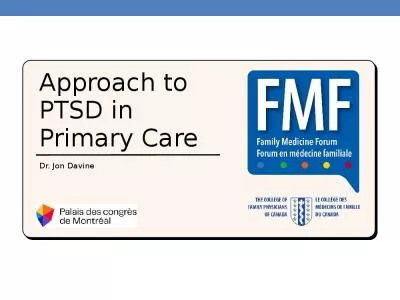PPT-PTSD and Moral Injury
Author : trish-goza | Published Date : 2017-06-27
in Service Members and Veterans Chaplain Kerry Haynes DMin MDiv BCCMH Mental Health Chaplain San Antonio VA Objectives Describe moral injury Differentiate moral
Presentation Embed Code
Download Presentation
Download Presentation The PPT/PDF document "PTSD and Moral Injury" is the property of its rightful owner. Permission is granted to download and print the materials on this website for personal, non-commercial use only, and to display it on your personal computer provided you do not modify the materials and that you retain all copyright notices contained in the materials. By downloading content from our website, you accept the terms of this agreement.
PTSD and Moral Injury: Transcript
Download Rules Of Document
"PTSD and Moral Injury"The content belongs to its owner. You may download and print it for personal use, without modification, and keep all copyright notices. By downloading, you agree to these terms.
Related Documents

